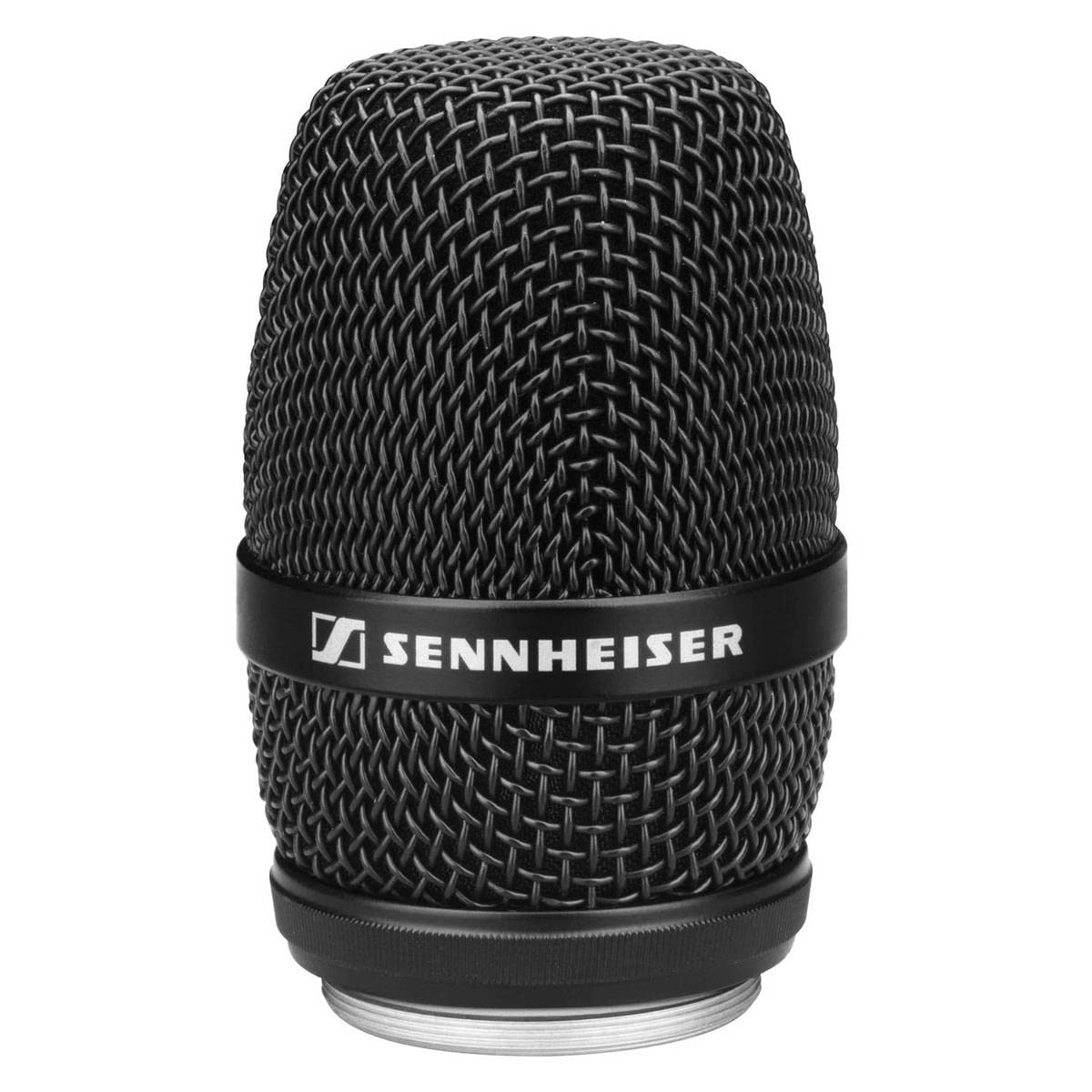
Sennheiser MMK 965-1 - Supercardioid Condenser Microphone Module for G3 or 2000 Series SKM Transmitters - Black
$626.83
Frequently Asked Questions
- Q: What is the Sennheiser MMK 965-1 microphone module used for? A: The Sennheiser MMK 965-1 is a supercardioid condenser microphone module designed for use with G3 or 2000 Series SKM transmitters, ideal for vocals in live performances or studio recordings.
- Q: What are the key features of the MMK 965-1 microphone? A: Key features include a supercardioid polar pattern for focused sound pickup, smooth frequency response, high sound pressure level capability, and easy installation without tools.
- Q: How does the supercardioid pattern benefit audio capture? A: The supercardioid pattern effectively rejects off-axis ambient noise and feedback, allowing for clearer sound capture from the intended source.
- Q: Can the MMK 965-1 be easily installed? A: Yes, the MMK 965-1 can be installed in seconds without the need for tools, making it convenient for users.
- Q: Is the MMK 965-1 compatible with other Sennheiser systems? A: The MMK 965-1 is specifically designed for compatibility with Sennheiser G3 and 2000 Series SKM transmitters, ensuring optimal performance.
- Q: What kind of sound quality can I expect from the MMK 965-1? A: You can expect high-quality sound with a smooth and uniform response, making it suitable for professional vocal performances.
- Q: What materials is the MMK 965-1 made from? A: The product details do not specify the materials used, but it is built for performance, reliability, and durability.
- Q: Is the MMK 965-1 suitable for studio recordings? A: Yes, the MMK 965-1 is appropriate for studio recordings due to its high sound quality and dynamic range.
- Q: How does the MMK 965-1 handle feedback during live performances? A: The supercardioid design of the MMK 965-1 effectively minimizes feedback, making it ideal for live performance environments.
- Q: What is the frequency response range of the MMK 965-1? A: The MMK 965-1 offers an ultra-smooth frequency response, which contributes to its high sound quality, although specific frequency range details are not provided.
